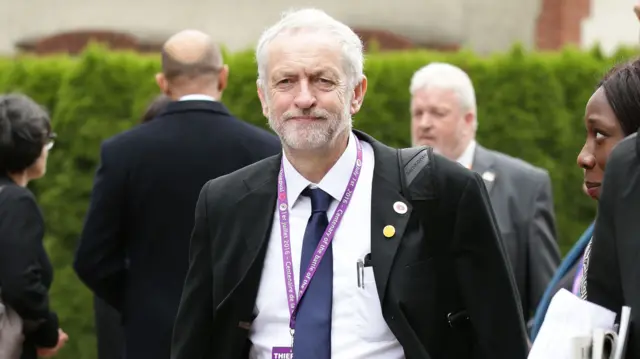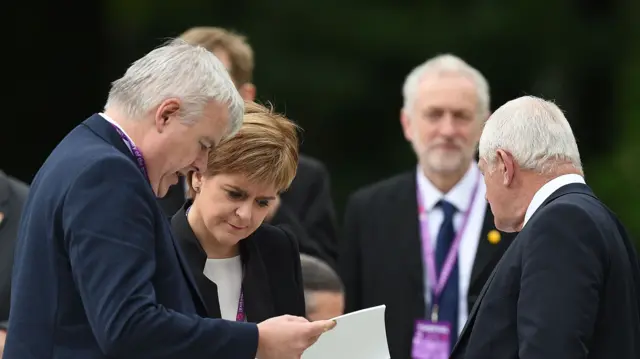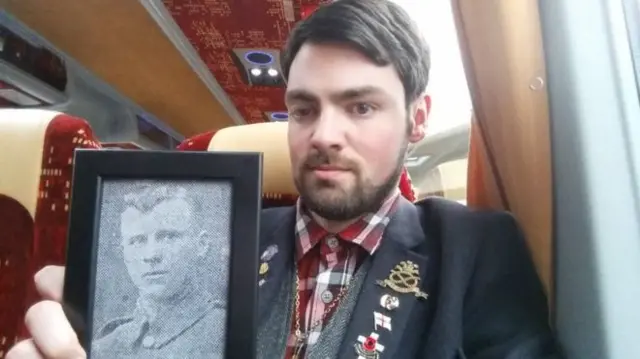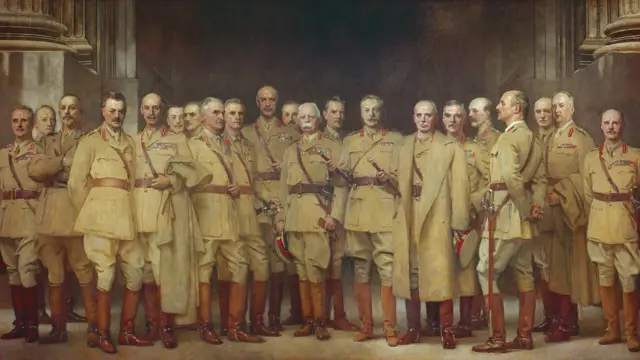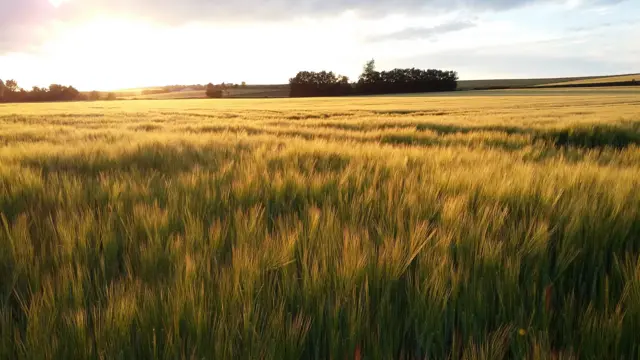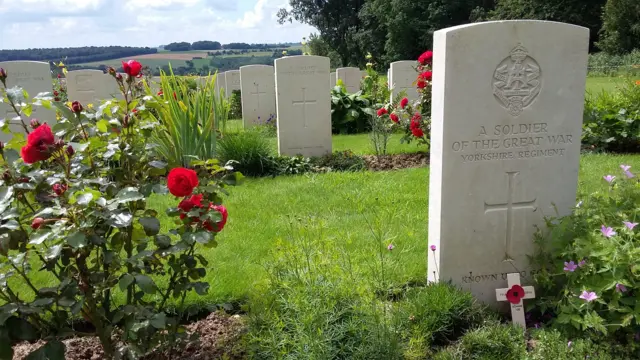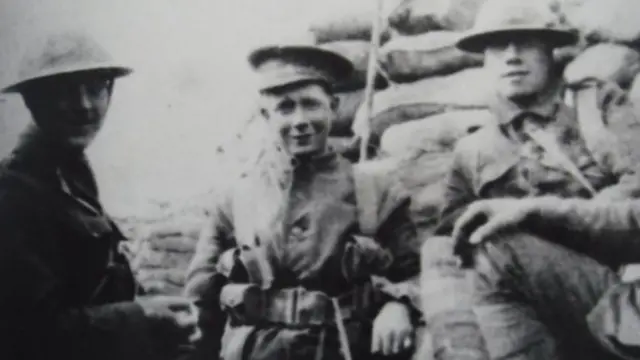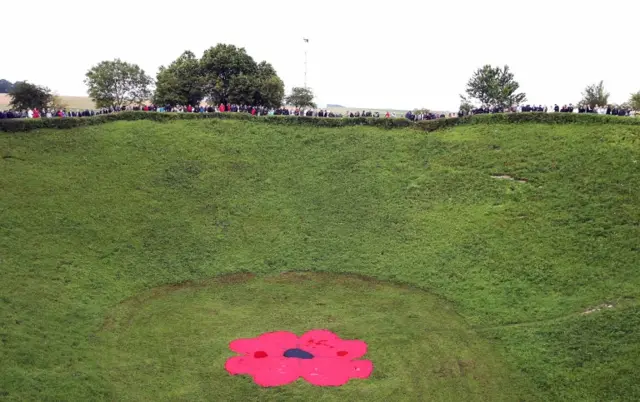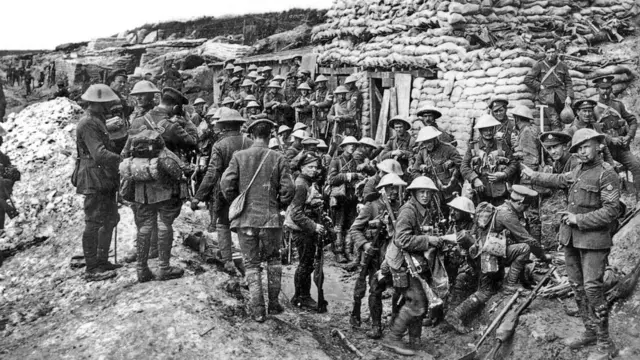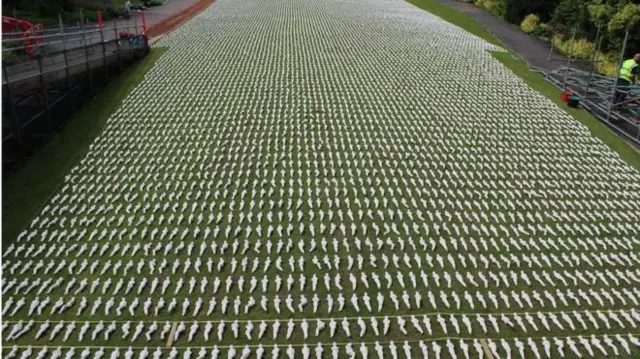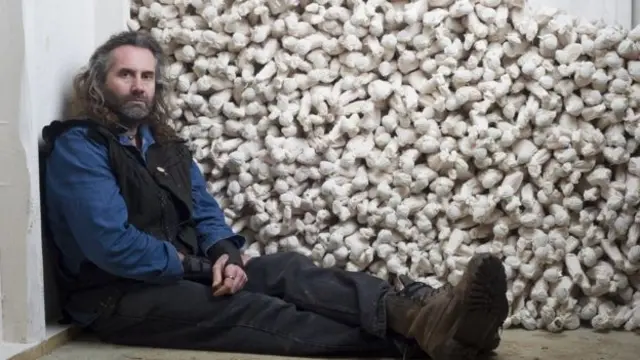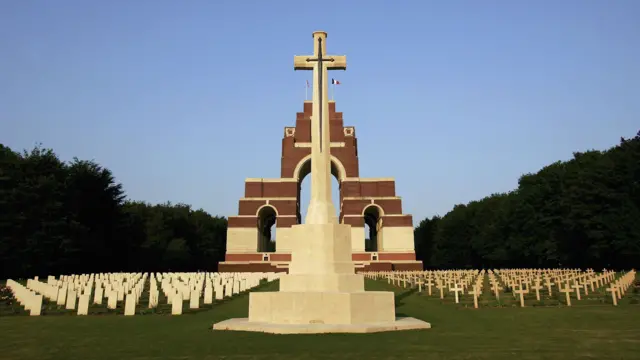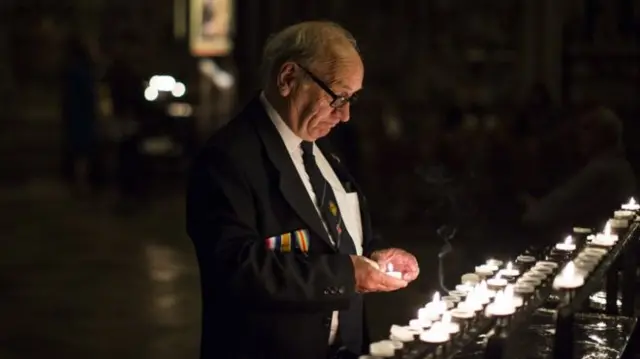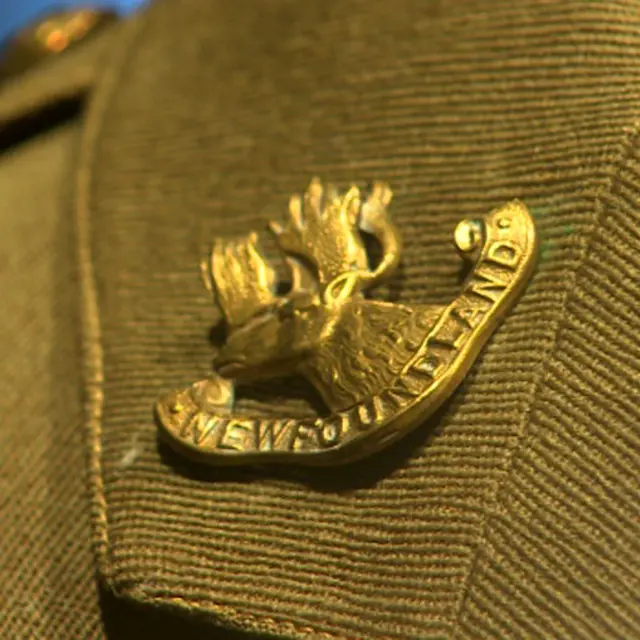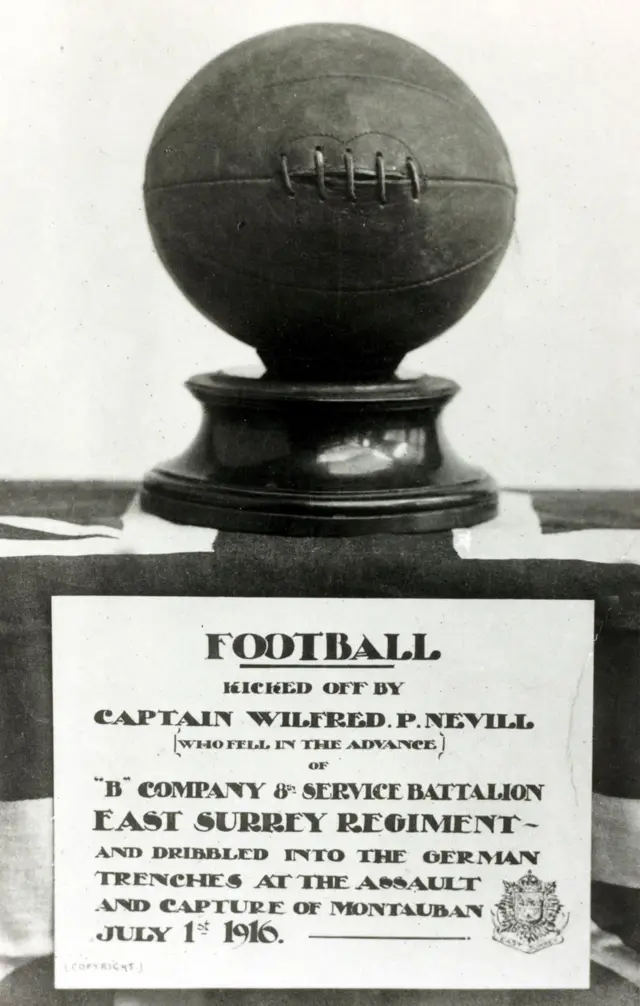The Danger Tree: Interactive art to mark Somme centenarypublished at 10:49 BST 1 July 2016
 BBC Arts
BBC Arts

To commemorate the 100th anniversary of the Battle of the Somme, 30-year-old artist Scarlett Raven is launching an ambitious and groundbreaking visual arts experience, The Danger Tree.
Raven is the first oil painter to work in the world of augmented reality. Using a smartphone app, visitors to her Greenwich exhibition can reveal the creative journey behind each artwork with animation, music and poetry, read by actors including Sean Bean and Vicky McClure, superimposed on the artworks. BBC Arts is presenting three examples of Raven's multi-layered, experiential art ahead of the show's launch.
